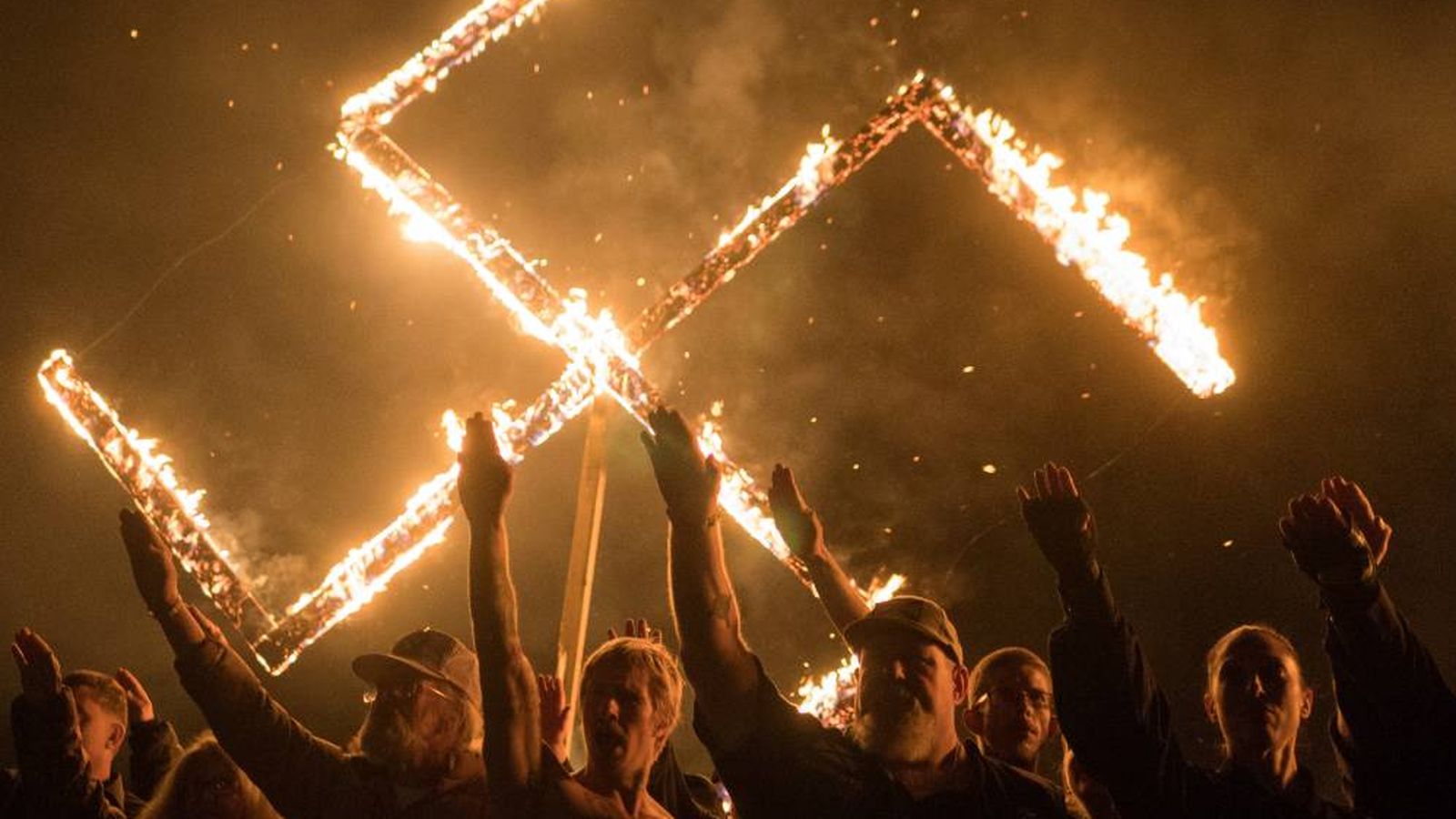The shooting attempt against the Argentine Vice-President, Cristina Fernández, highlighted the presence of groups with neo-Nazi ideas scattered throughout Latin America.
In addition to the cases in Argentina, the last few years have seen several episodes of violence and even media incursions by Latin Americans organized under violent slogans.
The investigation into the attack against the Argentine Vice-President, Cristina Fernández de Kirchner, reaffirms the existence of a group with neo-Nazi ideas behind the organization of the shooting attempt.

The trail of this type of extreme right-wing groups is not new in Argentina or Latin America, where the authorities have closely followed them on more than one occasion in recent years.
In Argentina, the investigation into the attacker, Fernando Sabag Montiel, coincided with another operation against an extremist referent.
In La Plata, 50 kilometers from the capital, José Derman, a 39-year-old man, was arrested.
He is the head of a cultural center called Kyle Rittenhouse, in homage to the young American who, in 2020, killed demonstrators in Wisconsin.
In 2010, Argentina also investigated the existence of a neo-Nazi group in Mar del Plata.
Anti-immigrant graffiti, as well as attacks on monuments and attacks on women and dissidents on public roads, were some of the crimes committed by the organization, which even incorporated Nazi symbols and the typical salute.
The region is also known for severe episodes involving groups identified as neo-Nazis.
One of the most shocking occurred in 2012 in Santiago de Chile, when a group of young people beat to death the young man Daniel Zamudio for being homosexual.
The young man suffered brutal aggression and torture, which included drawing swastikas on his body with the edge of a broken bottle.
Although the detainees were not a highly organized group, they called themselves “the Moreno Nazis of the center”. They had a history of aggression against immigrants and collected material and symbols.
In Colombia, the media often point to the group known as Tercera Fuerza as the best-known neo-Nazi group in the country.
More than one attack against members of the LGBT community, migrants, street people, and sex workers has been attributed to this group.
A 2017 article by the independent journalism site Las2orillas stated that, in addition to Tercera Fuerza, there are nine other groups with a neo-Nazi identity, with names as eloquent as Escuadrón Nacionalista 88, Sol Negro, Lobos Blancos or Comando Unión Nacional Socialista de Colombia, among others.
The same article pointed out that these groups have been ideologically influenced by a religious and ultra-nationalist organization known as the Colombian Society in Defense of Tradition, Family, and Property, born in 1968 and dedicated to spreading values such as “monogamous Catholic and heterosexual marriage”, the right to property and that “freedom should not serve as a pretext for chaos and depravity”.
In Uruguay, in 2017, the Police managed to dismantle a neo-Nazi group after it provoked riots in a downtown bar in Montevideo.
Following the arrest of six men and two women, an investigation established that the group held regular meetings and performed “rituals in honor of people like Rudolf Hess, one of Adolf Hitler’s main collaborators.
The group also possessed firearms and flags, pamphlets, and other objects with Nazi symbolism, including portraits of Hitler.
Mexico has not escaped this phenomenon either.
The National Council to Prevent Discrimination (Conapred) has warned about the existence of a National Socialist Party of Mexico that, from social networks such as Facebook, “proclaims the principles of Nazi ideology”.
In their publications, members of the group assure that “the Jew controls all markets, banks, and governments to oppress all whites who work honestly to be able to feed our white families”.
Some neo-Nazi ideas in Latin America do not even seek to shield themselves in anonymity. In 2019, Peruvian businessman Martin Quispe Mayta became publicly known as the leader of the Nationalist Social Movement of Andean Peru.
Quispe created a headquarters for his movement and attempted to register a political party with the Peruvian electoral authorities.
Far from being condemned for his remarks, Quispe made international news and was even interviewed by the British media, The Guardian, where he affirmed that even the conqueror Francisco Pizarro was of Jewish origin.
With information from Sputnik

